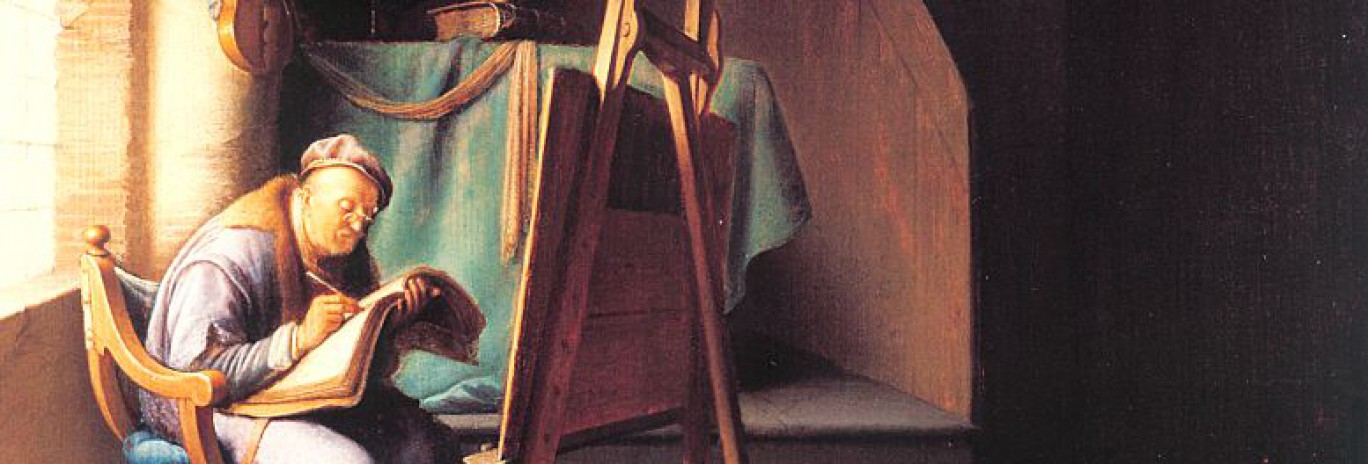Events
BACK TO BLACK Exhibition – 21-06-2019 / 21-06-2021 at Hof van Busleyden, Mechelen
BACK TO BLACK – a research-driven exhibition and collaborative project.
From 21-06-2019 to 21-06-2021 at Hof van Busleyden, Mechelen, BE

This research is an initiative of the ARTECHNE Project, Museum Hof van Busleyden, and Studio Claudy Jongstra. The historical research, coordinated by dr. Jenny Boulboullé, is done in collaboration with the Department Heritage of the University of Antwerp and the Cultural Heritage Agency Rsearch Laboratory.
Back to Burgundian Black – an interdisciplinary project
Back to Black is an interdisciplinary project combining the expertise of museum curators, academic researchers, organic dye specialists, and a contemporary artist. The exhibition is the result of collaborative investigations into centuries-old recipes for black colour technologies. In the context of this project, historians, historical dye experts, and curators work together with today’s master dyers from Studio Claudy Jongstra to revive the splendours of historical black dye technologies. The project also explores how we can enhance the visitor’s modern-day perception of black shades and hues in museum collections. During the exhibition the project seeks the active participation of the public. Visitors can participate in the making of a new collaborative installation work by Claudy Jongstra. Moreover, the project investigates with tactile exhibits and hands-on dye workshops how we can enable visitors to relive the rich textures of early modern colour palettes in a museum context. In the course of the exhibition, we will explore together with colour anthropologists how visitors experience black-dyed wools and silks that we reproduced with historical dye technologies.
Black colours under Burgundian reign: a manifestation of power and a rich sensory experience
Colour was very important to the Burgundian ruling class, ever mindful of the powers of chromatic politics. Burgundian courts and cities attracted a wide range of knowledge and expertise in colour making and dyeing techniques. The Mechlin artisans who produced and worked with black paints and dyes enjoyed a considerable reputation for their mastery of the complex colourmaking process under Burgundian reign. Back then, just like today, the colour black was highly evocative. The rich shades of finely woven fabrics were associated with nobility, ruling power and mourning. Netherlandish master painters portrayed the ruling class in sumptuous black wools and smooth silks, however, not much of such luxurious historical garments have survived. The passage of time has faded both the brilliance of the colours and their cultural significance.
In the early modern world, colour was far more than just a visual phenomenon. The textures of intensely coloured fabrics and their production processes spoke to all the senses. In historical recipe books, we encounter a colour language that stands out for its vivacity and sensory richness. Premodern recipe texts and recipe reconstruction experiments convey that the craft of black dyeing was a multi-sensory event. The visual power of black fabrics that became so fashionable under Burgundian-Habsburg reign, depended on sophisticated colour technologies and an expanding global trade network. Europe’s dyers learned to master the high art of black dyeing in a period that saw an increasing import of colorant rich dyestuff from overseas. This project investigates with what kind of modern methods we can analyse and revive the colour technologies of past master black-dyers. With historical research of centuries-old recipe books, we attempt to decipher the material cultures and technological secrets of pigment and dye-makers. The visual counterpoint of this research is displayed with a selection of Burgundian portraits by Netherlandish master painters. The portraits of black dressed dignitaries exemplify the sophisticated colour technologies of sixteenth-century black-dyers.
Back to Black investigates how we can enhance the museum’s visitor’s understanding of the significance and perception of the colour black in the Burgundian era. The interdisciplinary and collaborative approach brings historical research together with contemporary artistic interpretation, museum presentation, and audience participation. The dialogue between past and present is central to this research-driven exhibition project. In the exhibition space today’s master dyers go into conversation with early modern black-dyers and with the museum visitors. The centre piece of the exhibition is a textile installation by Claudy Jongstra in which the artist reinterprets the textual, visual, and material culture of the past to create a new interactive art work together with the visitors.
- Visit the museum website for more information about the exhibition;
- See workshops for more information about the Burgundian Black Collaboratory workshop that Artechne co-organized in preparation for the Back to Black exhibition in January 2019;
- Download the full invitation for the special editon of the Technical Art History colloquium connected to the Back to Black exhibition HERE.
- Stay tuned for a blog series related to the Back to Black exhibition project. The first blogs by participants of the Burgundian Black collaboratory workshop will be (co)posted on the Artechne website in June.


